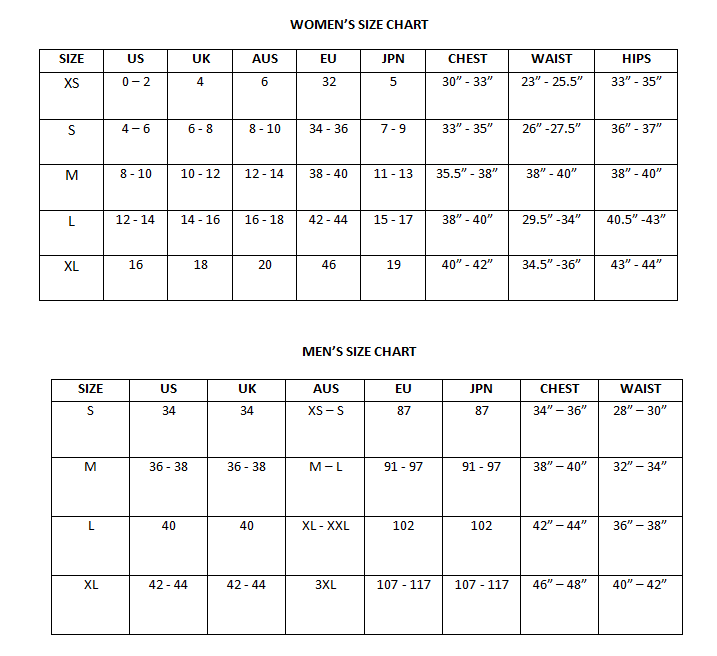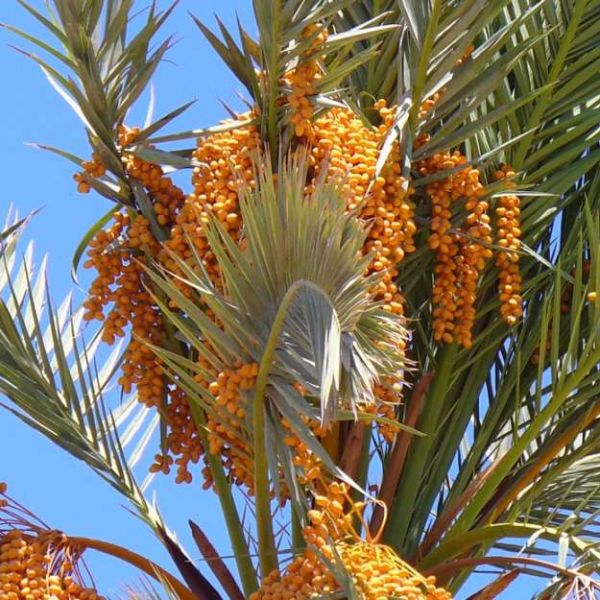Phoenix Dactylifera Seeds (Date Palm Seeds)
Phoenix Dactylifera Seeds (Date Palm Seeds)
Dates are harvested carefully by hand because the fruits mature at different times over the period of a month.

Delivery
All orders shipped with UPS Express.
Always free shipping for orders over US $250.
All orders are shipped with a UPS tracking number.
Returns
Items returned within 14 days of their original shipment date in same as new condition will be eligible for a full refund or store credit.
Refunds will be charged back to the original form of payment used for purchase.
Customer is responsible for shipping charges when making returns and shipping/handling fees of original purchase is non-refundable.
All sale items are final purchases.
Help
Give us a shout if you have any other questions and/or concerns.
Email: contact@domain.com
Phone: +1 (23) 456 789
Availability: In stock
SKU
Phoenix Dactylifera
The date palm belongs to the ARECACEAE family and is native to North Africa - exactly where is indeterminable. This is a spectacular palm for landscaping large areas. The PhoenixDactylifera palm is the "true" date palm from which the tasty fruit is obtained. This is a dioecious, multi-stemmed palm from which the suckers are usually removed to create single stemmed specimens. Trimmed in this manner, the date palm will grow to heights of 100 ft (45.7 m). The rough, broad, gray trunk is patterned with diamond-shaped leaf scars and is up to 16 inches in diameter.
The large greenish or bluish gray pinnate leaves are typically 18-20 ft (5.5-6.1 m) long by 2 ft (0.6 m) wide. They are arranged in a thick canopy up to 40 feet wide. The palm has hundreds of stiff leaflets which gives it an airy appearance. The leaflets are 1-2 ft (0.3-0.6 m) long and are arranged in V-shape ranks that run the length of the leaf stem. The ones near the base are modified into sharp 3-4 in (7.6-10.2 cm) spines. The old leaf bases remain attached to the trunk further enhancing the rugged beauty of the palm. In this and related species of Phoenix, the un-branched stem is covered with persistent leaf bases.
The yellow orange to red fruit, called 'dates', are oblong and about 1.5 in (3.8 cm) in length. They consist of a large pointed seed surrounded by sweet sugary flesh that takes six to seven months to develop this taste. Dates are formed from flowers on 4 ft (1.2 m) inflorescences that emerge from among the leaves in spring. Male and female flowers grow on separate plants. Only the female plants produce dates and only if a male tree is nearby. After the fruits have begun to grow, the fruit-bearing stalks are pulled down through the leaves and tied to the midrib of a lower leaf, to prevent breakage as the fruits increase in weight. Dates are harvested carefully by hand because the fruits mature at different times over the period of a month. Certain dates (dry dates) are left on the plant until the entire inflorescence of fruits is ripe, and then the whole structure is cut. The dates may be eaten immediately or stored to dry.
Raising dates is labor intensive because plants must be climbed six to eight times per year. Dead leaves and their associated spines must be removed from the stem, sometimes several times, but green leaves often are not removed because they provide sugar for the fruits. Generally a person climbs a tree, grabs the female inflorescence, cuts off the top one-third of the female stalks, inserts a male sprig, and then ties the female structure shoot with string. Thinning of the female encourages the development of fewer but larger dates. It is extremely important to use the proper male pollen, because, as in maize, the male strongly influences the color, sweetness, and time of ripening of the fruit. Dates are not formed in climates that are too cool. When grown in humid tropical climates like Florida, the fruit tends to be of low quality often dropping from the tree before ripening. Oh yeah, dates taste great too - yum! DATES ARE THE CANDY THAT GROWS ON TREES!
Hardiness zones:
9 - 11 (-5c/25f, 4c/40f).The Phoenix Dactylifera palm is not particular about the soil and will even grow in poor ones. It prefers to be in full sun. Although it is a drought resistant desert plant, the date palm has deep roots that typically seek out subterranean water sources. Provide regular irrigation for a better look and faster growth. The date prefers dry, hot climates, because date fruits are injured at temperatures of 20 degrees F, and the damp climate is not favorable for fruit production. Prune the suckers annually to create single trunk specimens.
| Common name | Date Palm |
|---|---|
| Species | Phoenix dactylifera |
| Germination | Place the Phoenix Dactylifera seeds in a sterile medium which is only barely moist but never too wet. Just to be sure you can use a 1 pint measure (about 550 ml) of vermiculite, moistened with 30 ml (about two tablespoons) of water. The resulting vermiculite should feel quite dry to the touch. Nevertheless, don't be tempted to add more water. Seal the seeds in an airtight container (such as a plastic sandwich box (recommended)) or a plastic bag. Place it in a warm-to-hot position; say above the hot-water tank. Temperatures of 90 degrees Fahrenheit (about 32 C) are ideal. Inspect the seeds daily. Many species germinate in as little as one or two weeks, in spite of the fact that some books tell you they are likely to take 2 or 3 months! When a root appears, carefully put the seeds into well-drained compost (e.g. 50/50 standard potting compost and coarse grit), and keep warm until the shoot appears. When the shoot appears place the palm in a warm, light place. If your room temperature is fairly cool, be very careful not to over-water as the roots of some palms will rot if the compost is kept wet when the palms are not actively growing. Germination can take longer. Be patient! |
| Price View | Price Range |

